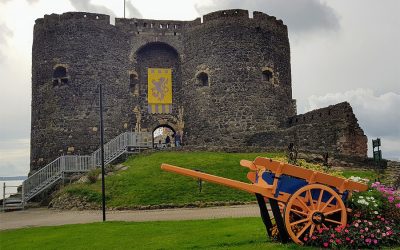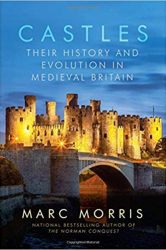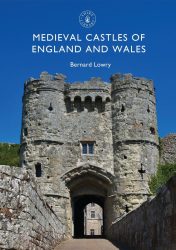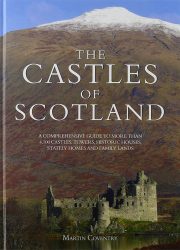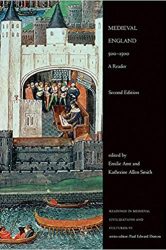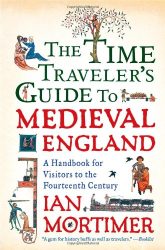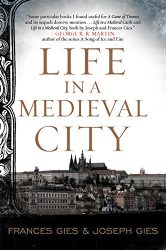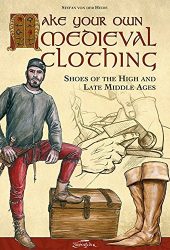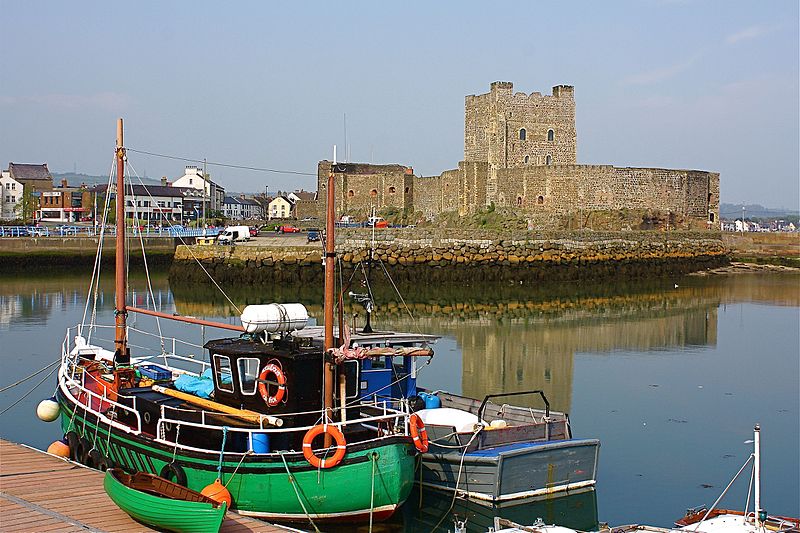
East Antrim, Northern Ireland
(54.716°N 5.809°W)
"I wish I was in Carrickfergus, Only for nights in Ballygrant I would swim over the deepest ocean, For my love to find"
Irish Song
Carrickfergus is said to take its name from Fergus Mór (Fergus the Great), the legendary king of Dál Riata. Carrickfergus far pre-dates Belfast and was for a long period of time, both larger and more prominent. It became an inhabited town shortly after 1170 when Anglo-Norman knight John de Courcy invaded Ulster.
Carrickfergus Castle, the most prominent landmark of the town, is one of the best-preserved Norman castles in Ireland. Segments of the town wall in various states of preservation are also still visible in town.
The Battle of Carrickfergus (fought between the crown forces of Queen Elizabeth I and the Scots clan of MacDonnell) took place in and around the town in November 1597.
Historical Figures of Carrickfergus
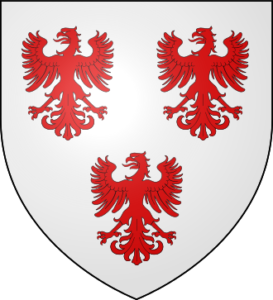
Sir John de Courcy (1160–1219)
An Anglo-Norman knight and builder of Carrickfergus Castle. Until his expulsion in 1204, he conquered extensive territory, endowed religious establishments, and built abbeys and strongholds in County Down and County Antrim.
Visit Carrickfergus
What to See
Medieval Carrickfergus: Top 5 Attractions
Carrickfergus Castle is one of the best-preserved medieval structures in Northern Ireland and was besieged by the Scottish, native Irish, English, and French. It was strategically useful because 3/4 of its perimeter is surrounded by water. Carrickfergus was built in 1177 as headquarters for John de Courcy.
Carrickfergus Town Walls
Earth ditches first protected Carrickfergus in the medieval period. The defensive earth ditch and bank walls were partially replaced by stone in the late 1500s. Completed in 1615, the walls of Carrickfergus pre-date Londonderry Walls, and around half of the original circuit remains intact and preserved.
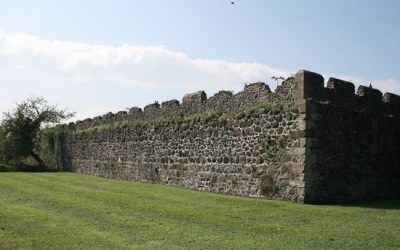
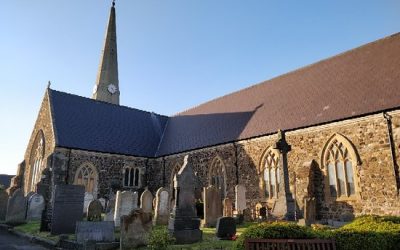
Saint Nicholas’ Church
Saint Nicholas’ Church is a magnificent building originally constructed at the same time as the castle. Established in 1182 by John de Courcy, it’s thought that this was a worship site even pre-dating this time. It is believed to have been attached to St. Mary’s Abbey, also founded by de Courcy for the Premonstratensian Order of monks.
Historic Harbour
Throughout the medieval period, Carrickfergus was the main commercial port in Ulster, a European-wide trading hub. The old harbor was the site of the landing of King William III on 14th June 1690 ahead of his victorious Irish campaign against James II.
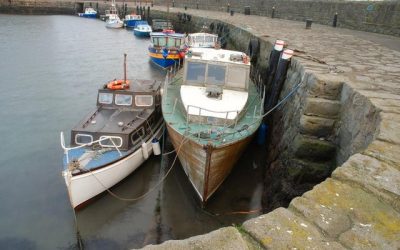
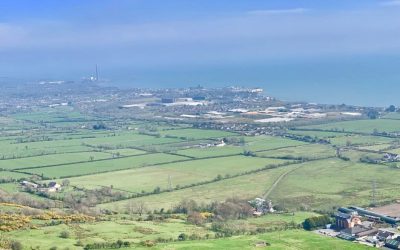
Knockagh Monument
The Knockagh Monument is a war memorial in County Antrim. Located on top of Knockagh Hill, above the village of Greenisland, it offers a panoramic view of the city of Belfast and surroundings. It’s the largest war memorial in Northern Ireland.
Similar Towns
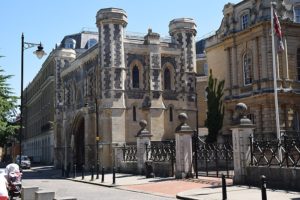
Reading
Reading is a large historic town dating back from the 8th century in Berkshire, England.
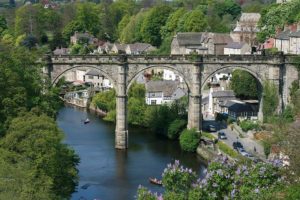
Knaresborough
Knaresborough is a 12th-Century market town perched on the cliffs above the River Nidd.
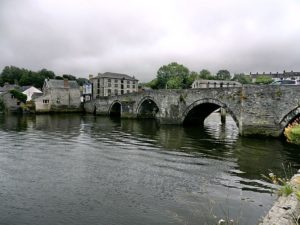
Cardigan
Cardigan was developed around a Norman castle built in the late 11th century.
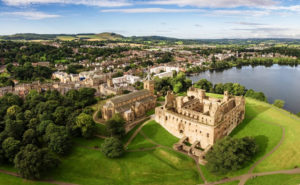
Linlithgow
Linlithgow in West Lothian was once home to one of the great royal courts of Europe
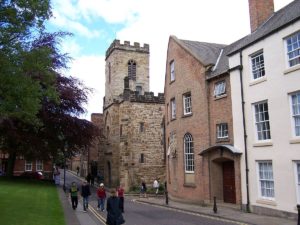
Durham
Durham is a historic city, its Norman cathedral was a centre of pilgrimage.
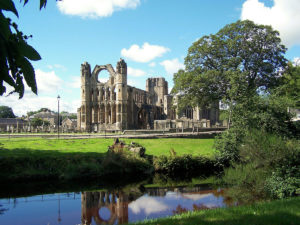
Elgin
Elgin is a town and former cathedral city in Scotland, first documented in 1190 AD.
More to see in Northern Ireland
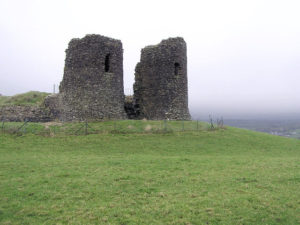
Harry Avery’s Castle
Harry Avery’s Castle is a rare example of a stone castle built by a Gaelic Irish chief.
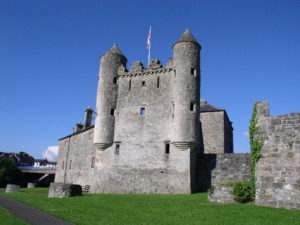
Enniskillen Castle
Enniskillen Castle was first built in 1428 and remodeled in 1609 and 1796.
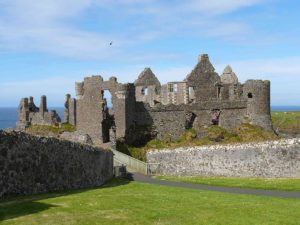
Dunluce Castle
Dunluce Castle is ruined medieval castle in Northern Ireland, the seat of Clan McDonnell.
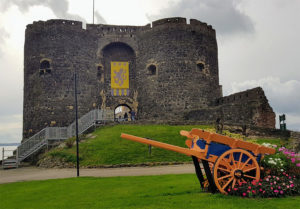
Carrickfergus Castle
Carrickfergus Castle (Carraig Ḟergus) is a Norman castle in Northern Ireland.

